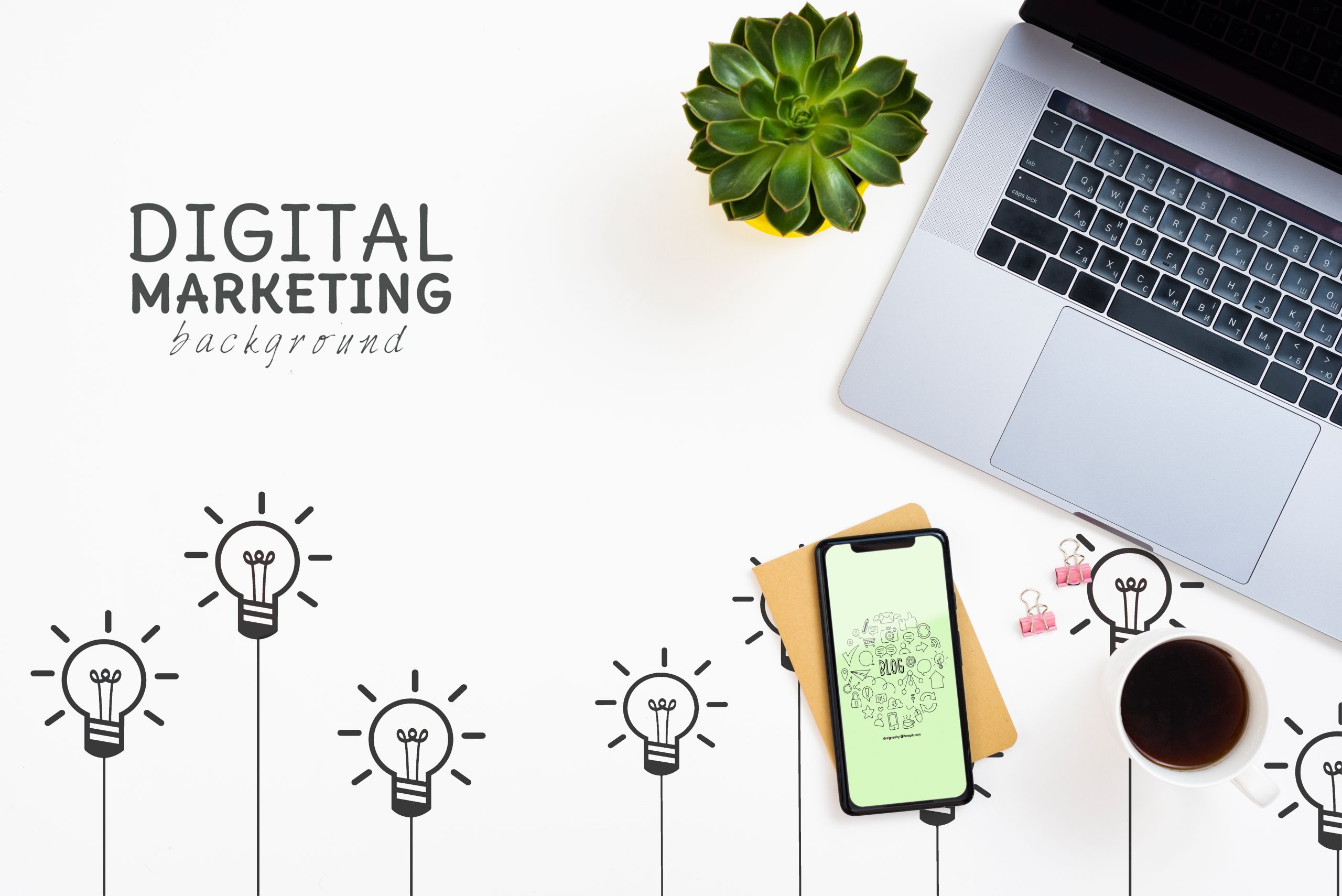
Are you a law firm looking to increase your client conversion rate? Look no further than chatbots. These AI-powered tools have revolutionized the way businesses interact with their customers, and the legal industry is no exception. By integrating chatbots into your website or digital platforms, you can enhance the overall client experience and boost conversion rates.
Chatbots provide immediate and personalized responses to client queries, ensuring that potential clients receive the information they need, when they need it. This real-time interaction creates a sense of trust and professionalism, increasing the likelihood of converting leads into clients. Whether it’s answering frequently asked questions, scheduling appointments, or providing general legal guidance, chatbots offer a convenient and efficient way to engage with potential clients.
Furthermore, chatbots can collect valuable data from client interactions, allowing you to gain insights into client preferences and interests. This data can then be used to tailor your marketing strategies and refine your client targeting. By leveraging the power of chatbots, law firms can improve client satisfaction, increase their conversion rates, and ultimately grow their business. Don’t miss out on this game-changing technology – embrace the power of chatbots today.
The importance of client conversion for law firms
Client conversion is a crucial metric for any law firm. It refers to the process of turning potential leads into paying clients. In a highly competitive industry like law, it’s not enough to simply generate leads – firms need to effectively convert them to grow their business. A high conversion rate indicates that your marketing efforts are successful in attracting and convincing potential clients to choose your services.
However, converting leads into clients can be a challenging task. Potential clients often have questions and concerns that need to be addressed before they make a decision. This is where chatbots come in. By providing immediate and personalized responses, chatbots can help overcome potential barriers and objections, increasing the likelihood of conversion.
The role of chatbots in client conversion
Chatbots play a crucial role in enhancing the client conversion process for law firms. These AI-powered tools act as virtual assistants, providing instant responses to client queries, and guiding potential clients through the decision-making process. By offering real-time assistance, chatbots create a seamless and engaging experience for potential clients, increasing the chances of conversion.
One of the key advantages of chatbots is their ability to provide personalized interactions. By analyzing client data and preferences, chatbots can tailor their responses to match individual needs. This level of personalization helps build trust and credibility, which are essential factors in the conversion process. Additionally, chatbots can handle multiple conversations simultaneously, ensuring that no potential client is left waiting for a response.
Another important role of chatbots in client conversion is their ability to collect valuable data. Every interaction with a chatbot provides insights into client preferences, pain points, and interests. This data can be used to optimize marketing strategies, refine client targeting, and improve overall conversion rates. By understanding client needs better, law firms can tailor their services and messaging to attract and convert more clients.
Benefits of using chatbots in the legal industry
The legal industry is traditionally known for its lengthy and complex processes. However, with the advent of chatbot technology, law firms can streamline their operations and provide a more efficient and convenient experience for potential clients. Here are some key benefits of using chatbots in the legal industry:
24/7 availability: Unlike human staff, chatbots can provide round-the-clock support to potential clients, ensuring that no query goes unanswered. This availability is particularly beneficial for international clients or those in different time zones.
Immediate responses: Chatbots can provide instant responses to client queries, eliminating the need for potential clients to wait for a human response. This instant gratification can significantly improve client satisfaction and increase the likelihood of conversion.
Consistent messaging: Chatbots deliver consistent messaging and information, ensuring that potential clients receive the same level of service regardless of the time or day. This consistency helps build trust and credibility, which are essential in the client conversion process.
Cost-effective: Chatbots offer a cost-effective solution for law firms, as they can handle multiple conversations simultaneously without the need for additional staff. This efficiency can result in significant cost savings for firms while still providing a high level of service.
Data collection and analysis: Chatbots can collect valuable data from client interactions, providing insights into client preferences, pain points, and interests. This data can be used to optimize marketing strategies, improve client targeting, and increase conversion rates.
How chatbots can improve client experience
Client experience plays a crucial role in the client conversion process. Potential clients want to feel valued, heard, and supported throughout their interaction with a law firm. Chatbots have the ability to enhance the client experience in several ways:
Instant responses: Chatbots provide immediate responses to client queries, ensuring that potential clients receive the information they need without delay. This instant gratification creates a positive experience and increases the likelihood of conversion.
Personalized interactions: By analyzing client data and preferences, chatbots can deliver personalized responses that match individual needs. This level of personalization helps build trust and rapport, making potential clients feel valued and understood.
24/7 availability: Chatbots are available round-the-clock, allowing potential clients to interact with a law firm at their convenience. This availability ensures that no potential client is left waiting for a response, improving overall satisfaction.
Consistent messaging: Chatbots deliver consistent messaging and information, ensuring that potential clients receive the same level of service regardless of the time or day. This consistency helps build trust and credibility, making potential clients more likely to choose your services.
Efficient problem-solving**: Chatbots can provide immediate solutions to common client problems or queries. This efficiency saves potential clients time and effort, creating a positive experience and increasing the likelihood of conversion.
By enhancing the client experience, chatbots can significantly improve the client conversion process for law firms. These AI-powered tools provide real-time assistance, personalized interactions, and round-the-clock availability, creating a seamless and engaging experience for potential clients.
Implementing chatbots in your law firm’s website
Implementing chatbots in your law firm’s website is a straightforward process that can yield significant benefits. Here are some steps to follow when integrating chatbots into your website:
1. Identify your goals: Before implementing a chatbot, it’s important to identify your goals and objectives. Are you looking to improve client conversion rates, provide better customer service, or streamline internal processes? Understanding your goals will help you design a chatbot that meets your specific needs.
2. Choose the right platform: There are numerous chatbot platforms available, each with its own set of features and capabilities. Research different platforms and choose the one that aligns with your goals and budget. Consider factors such as ease of use, integration options, and scalability.
3. Define your chatbot’s purpose: Determine the specific tasks and functions you want your chatbot to perform. Do you want it to answer frequently asked questions, schedule appointments, or provide general legal guidance? Defining your chatbot’s purpose will help you design a conversational flow that meets client needs.
4. Design the conversational flow: Map out the conversational flow of your chatbot, considering different user scenarios and potential queries. Use a conversational design framework to ensure that your chatbot provides a seamless and intuitive experience for potential clients.
5. Integrate with existing systems: If you have existing systems or databases, ensure that your chatbot is seamlessly integrated with them. This integration will allow your chatbot to access relevant client information and provide more personalized responses.
6. Test and iterate: Once your chatbot is implemented, it’s important to test it thoroughly and gather user feedback. Use this feedback to iterate and improve your chatbot’s performance over time. Regularly update and optimize your chatbot to ensure that it continues to meet client needs.
By following these steps, you can successfully implement chatbots into your law firm’s website and enhance the client conversion process. Remember to regularly monitor and analyze the performance of your chatbot to ensure that it is delivering the desired results.
Best practices for designing effective chatbots for law firms
Designing an effective chatbot for a law firm requires careful planning and consideration. Here are some best practices to keep in mind:
1. Understand your audience: Before designing your chatbot, it’s important to understand your target audience. What are their needs, pain points, and preferences? This understanding will help you design a chatbot that speaks their language and addresses their specific concerns.
2. Keep it conversational: Chatbots should mimic natural conversations as much as possible. Use friendly and approachable language, and avoid legal jargon or complex terminology. The goal is to make potential clients feel comfortable and understood.
3. Provide clear instructions: Ensure that your chatbot provides clear instructions on how to use it. This can include examples of queries it can handle and guidance on how to phrase questions. Clear instructions will help potential clients navigate the chatbot easily and get the information they need.
4. Offer options: Give potential clients multiple options to choose from when interacting with the chatbot. This can include buttons or quick replies that guide them through different services or topics. Providing options enhances the user experience and helps potential clients find the information they need quickly.
5. Capture relevant information: Design your chatbot to capture relevant client information during the conversation. This can include their name, contact details, or specific legal needs. Capturing this information will help you personalize your responses and follow up with potential clients effectively.
6. Provide seamless handover to human staff: While chatbots can handle most queries, there may be instances where human intervention is necessary. Design your chatbot to seamlessly hand over conversations to human staff when needed. This ensures a smooth transition and prevents potential clients from feeling frustrated or abandoned.
7. Regularly update and optimize: Chatbots should be regularly updated and optimized based on user feedback and performance data. Analyze user interactions, identify areas for improvement, and make necessary updates to enhance the chatbot’s performance.
By following these best practices, you can design an effective chatbot for your law firm that enhances the client experience and boosts conversion rates.
Common mistakes to avoid when using chatbots
While chatbots can significantly improve the client conversion process, it’s important to avoid common mistakes that can hinder their effectiveness. Here are some mistakes to watch out for:
1. Lack of personalization: Chatbots should deliver personalized responses that address individual needs. Avoid generic or robotic responses that make potential clients feel like they are talking to a machine. Use client data and preferences to tailor your responses and create a more engaging experience.
2. Overcomplicating the conversational flow: Keep your chatbot’s conversational flow simple and intuitive. Avoid complex or convoluted paths that can confuse potential clients. Remember, the goal is to provide quick and accurate responses that address their queries.
3. Ignoring user feedback: User feedback is invaluable when it comes to optimizing your chatbot’s performance. Ignoring user feedback can result in missed opportunities for improvement. Regularly gather and analyze user feedback, and make necessary updates to enhance your chatbot’s effectiveness.
4. Insufficient training: Chatbots need to be trained to handle a wide range of queries and scenarios. Insufficient training can result in inaccurate or irrelevant responses, which can frustrate potential clients. Invest time in training your chatbot to ensure that it can handle various user scenarios effectively.
5. Lack of human intervention options: While chatbots can handle most queries, there may be instances where human intervention is necessary. Lack of options for potential clients to connect with a human staff member can result in frustration and abandonment. Ensure that your chatbot provides a seamless handover to human staff when needed.
6. Neglecting regular updates: Chatbots should be regularly updated and optimized based on user feedback and performance data. Neglecting regular updates can result in outdated or ineffective responses. Stay proactive and regularly analyze and update your chatbot to ensure its continued effectiveness.
By avoiding these common mistakes, you can maximize the effectiveness of your chatbot and enhance the client conversion process for your law firm.
Case studies of law firms that have successfully used chatbots
To illustrate the power of chatbots in the legal industry, let’s look at some case studies of law firms that have successfully implemented chatbots:
Case Study 1: ABC Law Firm
ABC Law Firm implemented a chatbot on their website to improve their client conversion rates. The chatbot was designed to answer frequently asked questions, provide information about their services, and schedule consultations. The chatbot’s conversational flow was tailored to match the firm’s branding and tone of voice, creating a seamless and personalized experience for potential clients.
Within the first month of implementing the chatbot, ABC Law Firm saw a 30% increase in client conversion rates. Potential clients appreciated the instant responses and personalized interactions provided by the chatbot. The firm was also able to capture valuable client data, which helped them refine their marketing strategies and target potential clients more effectively.
Case Study 2: XYZ Law Firm
XYZ Law Firm wanted to improve their client experience and increase their conversion rates. They implemented a chatbot that provided instant responses to client queries, offered personalized legal guidance, and allowed potential clients to schedule appointments. The chatbot was integrated with their existing systems, allowing it to access relevant client information and provide more tailored responses.
After implementing the chatbot, XYZ Law Firm saw a significant improvement in their client experience. Potential clients appreciated the immediate and accurate responses provided by the chatbot, which increased their trust and confidence in the firm. The firm also saw a 25% increase in their conversion rates, as the chatbot helped overcome potential barriers and objections.
These case studies demonstrate the tangible benefits of implementing chatbots in the legal industry. By providing instant responses, personalized interactions, and convenient scheduling options, chatbots can significantly improve the client conversion process for law firms.
Measuring the success of your chatbot implementation
Measuring the success of your chatbot implementation is crucial to ensure that it is delivering the desired results. Here are some key metrics to track:
1. Conversion rate: Measure the percentage of potential leads that convert into paying clients. Compare your conversion rate before and after implementing the chatbot to determine its impact on your business.
2. User engagement: Track the number of interactions and conversations your chatbot has with potential clients. Measure metrics such as session duration, number of messages exchanged, and average response time to assess user engagement.
3. Customer satisfaction: Gather feedback from potential clients to assess their
Conclusion: The future of chatbots in the legal industry
Chatbots provide immediate and personalized responses to client queries, ensuring that potential clients receive the information they need, when they need it. This real-time interaction creates a sense of trust and professionalism, increasing the likelihood of converting leads into clients. Whether it’s answering frequently asked questions, scheduling appointments, or providing general legal guidance, chatbots offer a convenient and efficient way to engage with potential clients.
Chatbots are available 24/7, meaning potential clients can receive immediate assistance even outside of business hours. This level of accessibility enhances the client experience and sets your law firm apart from competitors who may not offer such a seamless interaction. Additionally, chatbots can handle multiple conversations simultaneously, ensuring that no potential client is left waiting for a response. This efficiency not only saves time but also improves the overall client satisfaction.




